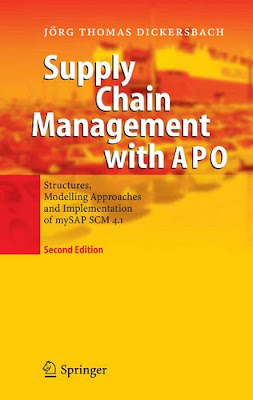
‘Bangalore Tiger: How Indian Tech Upstart Wipro is rewriting the rules of global competition’
.
By: Steve Hamm
.
Tata McGraw-Hill
.
Steve Hamm is a senior editor and the software editor for BusinessWeek. He has been tracking Indian tech services industry since 2001 and this book is a product of his research. Hamm wanted to thoroughly understand, in and out, an Indian IT major. He could have picked any one of the big-3: TCS, Infosys and Wipro. He picked up Wipro but in this book, he also mentions and explains things from TCS, Infy or even Mindtree (which was started up by Wiproites). I don’t think we would ever find such a comprehensive book and a testimony to Wipro’s success story.
.
The author maintains a very fine balance – he explains the historical context – how in 1966 Premji while at Stanford University got a call back from home and had to inherit an ailing business of vegetable oil – but the author doesn’t get lost in it. He explains Wipro’s operational excellence and processes alongside the best practices and what other companies can learn from it. It is really a wonderful read.
.
The author makes a summary of Wipro’s approach to achieving operational excellence:
.
· Live your core values
· Plan like your future depends on it
· Reduce risks without foreclosing opportunities
· Adopt zero-politics management
· Make decisions quickly, but don’t be afraid to switch
· Spell out the rules, then follow them religiously
· Measure everything
· Demand value for money
· Put the right skills in the right place
· Perform routine jobs routinely
· Turn customers into partners
· Learn from others
· Make your own way
.
Wipro’s policies for handling employees:
.
· Act on your values
· Train, and then train some more
· Create a true meritocracy
· Make it about the job, not just the paycheck
· Celebrate employees’ successes
· Solicit ideas from the staff
· Aspire to excellence
.
Reading the book, I can definitely understand the following other key features of the Wipro Way:
.
· Stretch out to achieve Customer satisfaction
· Operational excellence as a sustainable competitive advantage
· Process improvements and optimization of everything
· Cost minimization through use of technology
· Maintain very high level of personal and professional integrity
· Vision towards nation building and improving the society
.
Through this book, Hamm has also given a call to the world. In his own words, “Multinationals Beware: Here come the Transnationals!” He explains how the offshore-onshore or Global Delivery Model pioneered by Indian IT companies changed the whole business model for companies all across the world and now these MNCs have to adopt to the Wipro Way or the Infy Way in order to remain in the competition. The book also explains the emerging homogenization of what the author calls “The Wipro Way”, in line with “the GE Way” or “the Toyota Way”. The book is full of conversations with Azim Premji, Vivek Paul, Girish Paranjpe, TK Kurian, and Subroto Bagchi.
.
Reading this book is a treat in itself and the learning from it is profound. I recommend it to all readers who want to understand how Indian tech companies operate, how they have grown so far and what are the visionaries behind them.
.
- Rahul











